Animation is not movement, but the motion of emotion. Each move, face, and shake tells a story. But how do you feel animation is so real, yet it is made of drawings or digital models? The solution is the 12 Principles of Animation, which form the basis of animated storytelling that has been in use for almost a century. Again, what are the 12 principles of animation?
These principles were initially proposed by Disney animators, legends Ollie Johnston and Frank Thomas, in their book, “The Illusion of Life: Disney Animation,” in 1981. The combination of these elements is the ultimate formula for creating realistic, interesting, and personality-filled animated characters.
These classic rules still dictate what it should be. They should not look like to be considered a great piece of animation, regardless of whether you are doing a 2D or 3D animation, motion graphics, character design, or even an explainer video.
We will discuss these principles one by one —and how they continue to bring life to stories and characters.
What Are The 12 Principles of Animation?
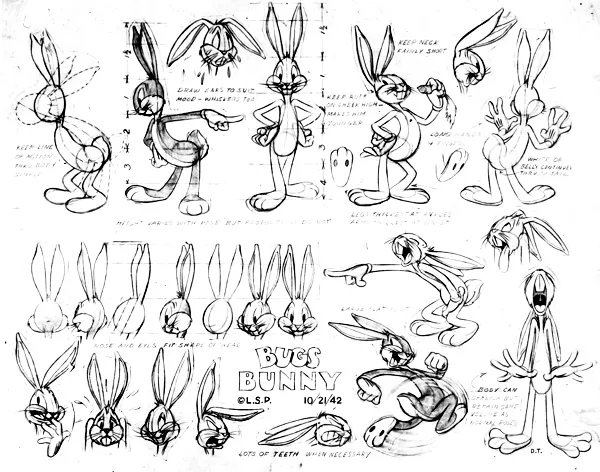
The 12 principles of animation are guidelines for creating believable and engaging motion, and they are: Squash and Stretch, Anticipation, Staging, Straight Ahead Action and Pose to Pose, Follow Through and Overlapping Action, Slow In and Slow Out, Arcs, Secondary Action, Timing, Exaggeration, Solid Drawing, and Appeal.
Let’s explore these animation principles in detail.
1. Squash and Stretch

This is the principle in animation that is the most basic. It provides objects and characters with weight and elasticity. Without stretch and squash, there would be a lack of elasticity and naturalness.
As a ball bounces, it extends when moving downwards and collapses when it hits. It is the same with facial expression and body movements – stretch exaggerates the movement, squash gives it realism and softness.
Squash and stretch in both 2D and 3D animation make motion organic. It is what makes a smile feel warm, a jump feel believable, and a fall dramatic.
2. Anticipation
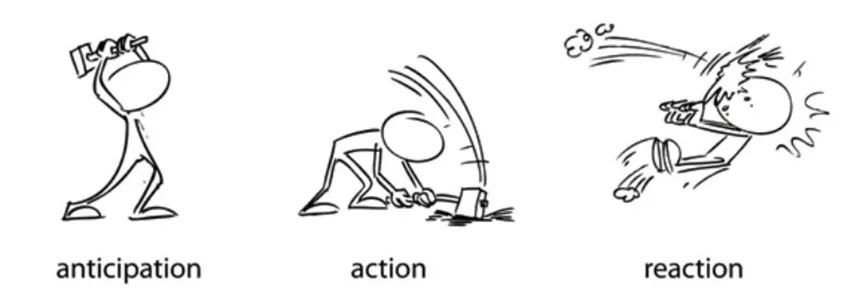
Anticipation is a way of letting the viewer know what to expect. When a character leaps, he/she bends his/her knees. They also draw their arm back before throwing an object. These minute pre-actions allow the audience time to get what is next.
This is because anticipation produces rhythm, creates tension, and simplifies motion to follow. It may also direct the eye in motion graphics or guide the viewer in an explainer video, for example, by moving an icon first and then exposing the text, so that people concentrate where you want them to.
3. Staging
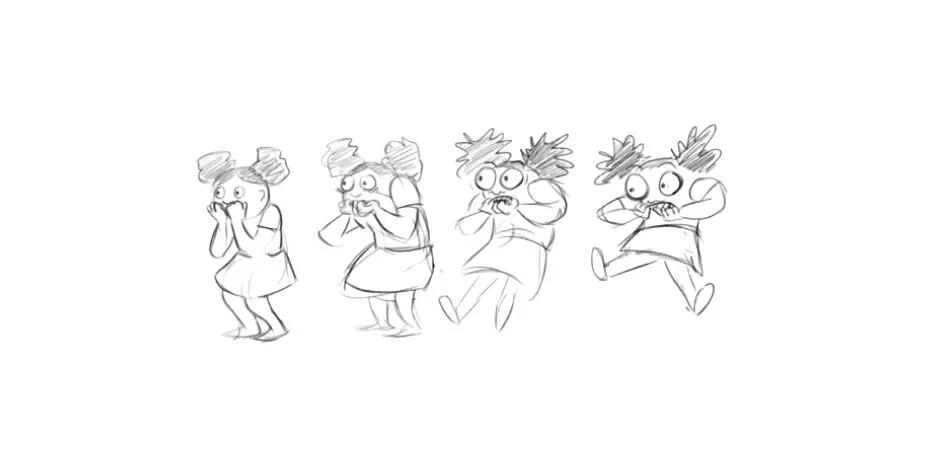
Staging is all about clarity. It ensures that viewers do not miss a single action in a scene. Similar to cinematography in a film, effective staging utilizes composition, lighting, and perspective to focus on the most important action or message.
It is either an emotion displayed by the character or a product showcased in an advertisement; every scene should be well-staged to ensure an effective message is conveyed. The objective is that easy, to ensure the viewer sees what you want them to see.
4. Straight Ahead Action and Pose-to-Pose.
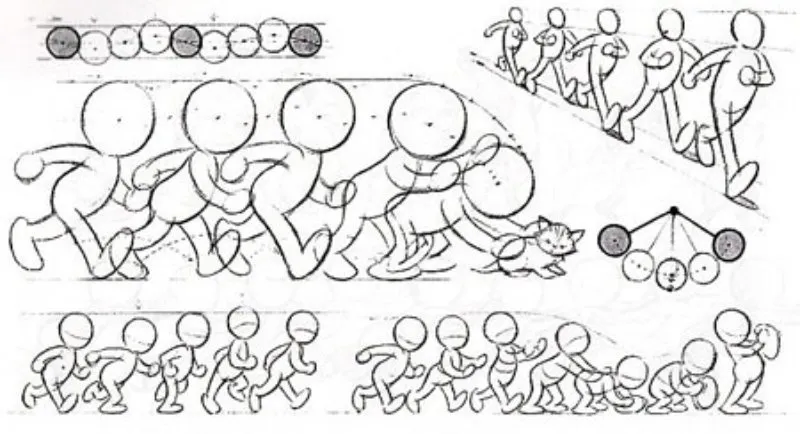
These are two basic techniques of animation.
Straight-ahead action animation involves frame-by-frame animation, from the beginning to the end. It is automatic and adds a natural, flowing movement – ideal in lively sequences, such as water, fire, or hair.
Pose-to-Pose. This technique involves drawing important poses and filling in the in-between frames. It works well in premeditated activities when timing animation definition and narration are paramount.
The majority of professional animators blend the two, using straight-ahead animation to add dynamism and flow, and pose-to-pose animation to provide structure and accuracy.
5. Follow through and Overlapping Action.
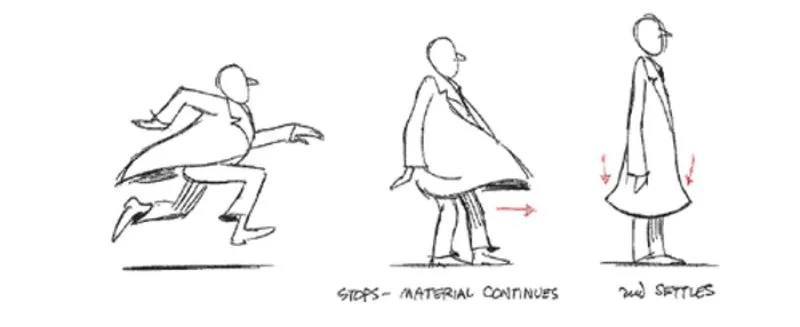
In life, when an individual ceases to move, some parts of himself, such as hair or clothing, remain in motion, albeit temporarily. That’s follow-through. Overlapping action can be described as the movement of various parts of the body at varying speeds.
The animation principles make animation fluid and realistic. The character’s hair keeps swinging even when they are not running, or the coat passes by, making a slight flutter. In the absence of this, animation is robotic.
Characters are helped to feel alive through follow-through and overlap, which underlines the illusion of motion and corporeality.
6. Slow In and Slow Out
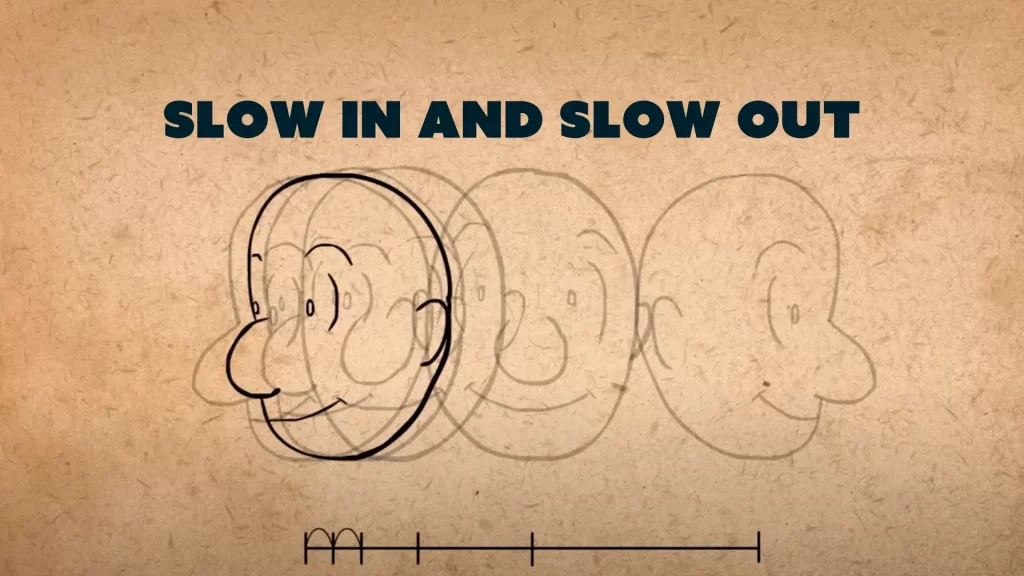
This principle is also referred to as ease in and ease out, and it concerns how the motion begins and ends smoothly. In the real world, things do not move at the same pace at all times; they accelerate and decelerate on their own.
Adding more frames at the start and end of an action would result in more realistic motion. In digital animation, this can be managed in keyframe interpolation or easing curves.
Slow in and slow out is important in providing animated movements with rhythm, weight, and believability.
7. Arcs
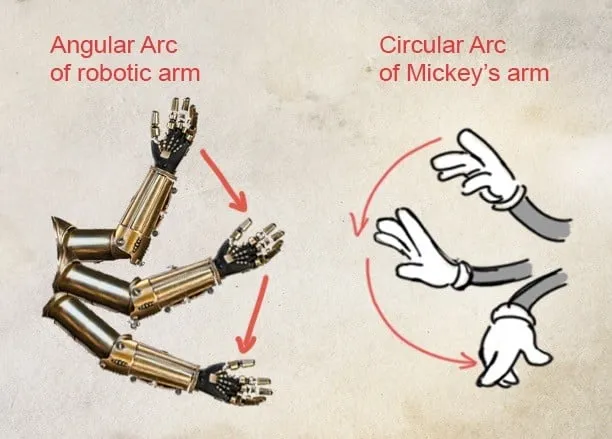
There is hardly a straight line in nature. The majority of actions, such as walking and waving, have a curved line or arc.
Arcs, when used in animation, give movement a smooth, natural feel. Arcs both allow the character to twist his head and make an object thrown more appealing.
In cases where animators follow the motion route of the moving object, the arc line will be made smooth to provide elegance and realism, thus making the animation appear to flow and be continuous.
8. Secondary Action
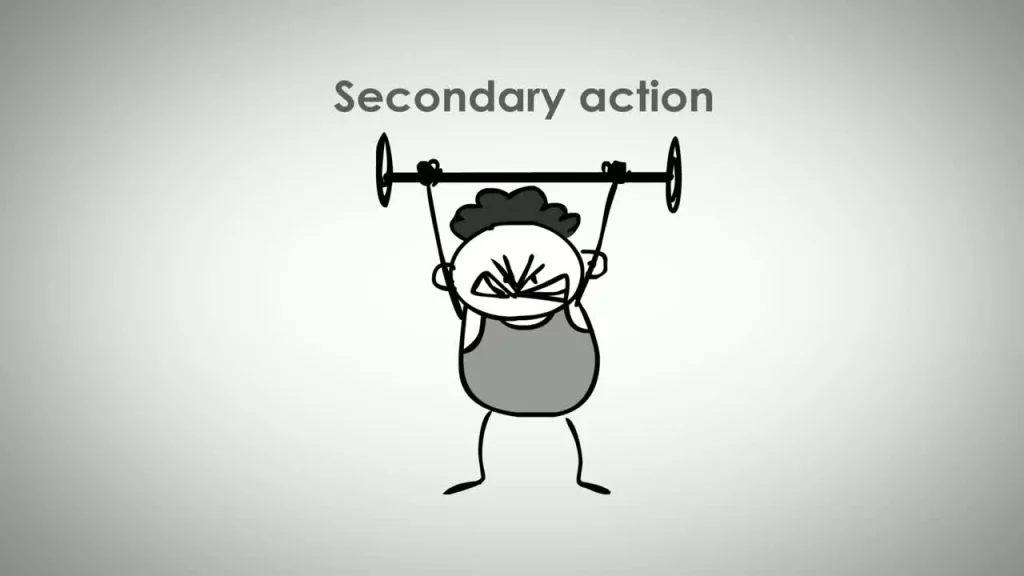
The secondary movement is a complement of the primary motion. It is a little gesture that makes it look more three-dimensional and emotional. As an example, when a character walks (the main action), his or her hair can swing, or his/ her arms can swing (the secondary action).
Blind actions are used to add depth to the narration, and they do not distract the audience. In character animation, it gives reality. Motion graphics provide visual rhythm, as background movements that make a scene dynamic and engaging.
It is a matter of moderation: the secondary movement must improve, rather than conflict with the primary action.
9. Timing
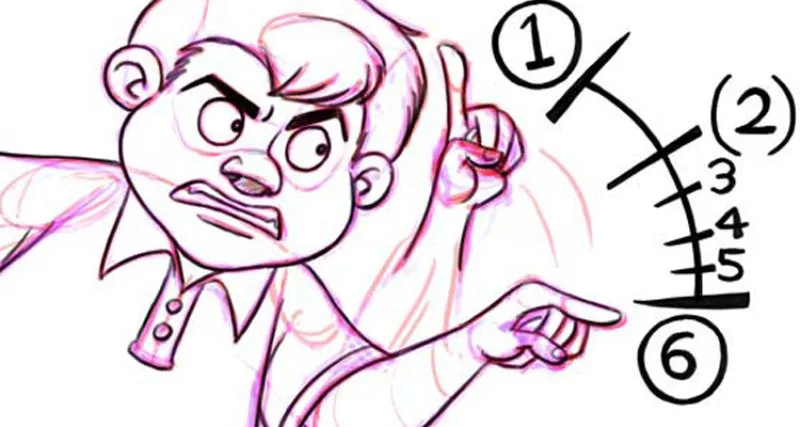
The pace of an action is determined by the timing animation definition. It regulates emotion, weight, and influence. A fast movement can be humorous or desperate, while a slow one can be grim or tragic.
Each frame matters – literally. The fewer frames produce higher motion, and the more frames produce lower motion. Right time is the one that contributes to personality and purpose.
In explainer videos, timing is crucial as it makes the visuals have a consistent narration. It defines realism in 3D animation. Good timing, in any form, will be the difference between motionless movement and a believable performance.
10. Exaggeration
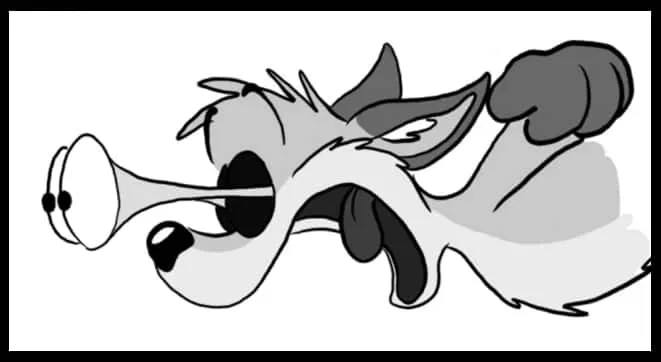
Exaggeration adds to emotion and narration. It does not imply making everything over-the-top; it is the process of putting the expressions and movements a bit beyond the real world to make them more prominent and entertaining.
For instance, an astonished character can open their eyes wider than usual. A running movement may be more extended and flexible than life itself. Exaggeration helps to give a message more weight and to maintain the audience’s emotional suspense.
The distinction between mere movement and actual performance is often exaggerated, as it is used in both 2D and 3D animation.
11. Solid Drawing

The concept of solid drawing is also critical even in digital animation. It is the awareness of form, anatomy, and perspective that enables characters to appear consistent and three-dimensional.
In traditional animation, this corresponded to good draftsmanship. It is to know volume, balance, and proportion in the contemporary 3D and digital processes. The characters must appear real in all aspects.
Solid drawing provides visual integrity, holding weight, dimension, and attractiveness, regardless of the character’s motion.
12. Appeal

The animation is the soul of appeal. It is what makes a personality or motion available, endearing, and memorable. Not only does looks matter, but also personality.
Clarity of silhouettes, expressive patterns, and proportions is very appealing. It is the aspect that is inherent in every great animated character, not only Mickey Mouse, but also in the recent 3D stars.
Whatever the nature of animation, it is the appeal that makes people emotionally engage with the story. And it is the last element that is needed to make motion magic.
Bringing It All Together
These 12 rules of animation are not merely technical animation principles: these are the core of storytelling with movement. They theorize about replicating life, emotion, and physicality in a manner that surpasses the bounds of realism.
These principles are applied in all areas of contemporary animation, including 2D explainer videos, 3D movie scenes, motion graphics, and narrative presentation through a character. They bring ordinary forms to life, and cold images come to life.
Although animation technology has evolved over the years, with the implementation of AI tools, virtual production, and real-time rendering, the emotional sincerity that these animation principles convey remains timeless.
The Reason These Principles Are Still Relevant.
Although improvements have been made in software and techniques, the fundamentals of animation remain largely unchanged. They are applicable in a 3D modeling environment, just as they were in the hand-drawn classics.
Modern-day animators apply these concepts to create brand stories and even film experiences. They control each frame, pose, and motion. Whether it is a smooth motion graphic explicator or a fine-tuned character animation, these animation principles can be used to make it clear, flowing, and emotional.
In a visually content-dominated world, learning these rules is the only way to produce animation that can truly connect with the viewer – animation that is human.
Final Thoughts
The 12 Principles of Animation, as developed by Disney, have been the keys to every successful animated story. They serve as a connection between the art and the audience, the movement and the feeling.
These principles can be understood and applied to transform Animation into the magic of a story, one that wins hearts, conveys messages, and brings the imaginary into reality.
The next time you see an animated movie, motion graphic, or an explainer video, keep in mind that behind all the smiling faces, all natural movements, all the touching scenes is a hundred-year-old base of art and knowledge: The 12 Principles of Animation.


